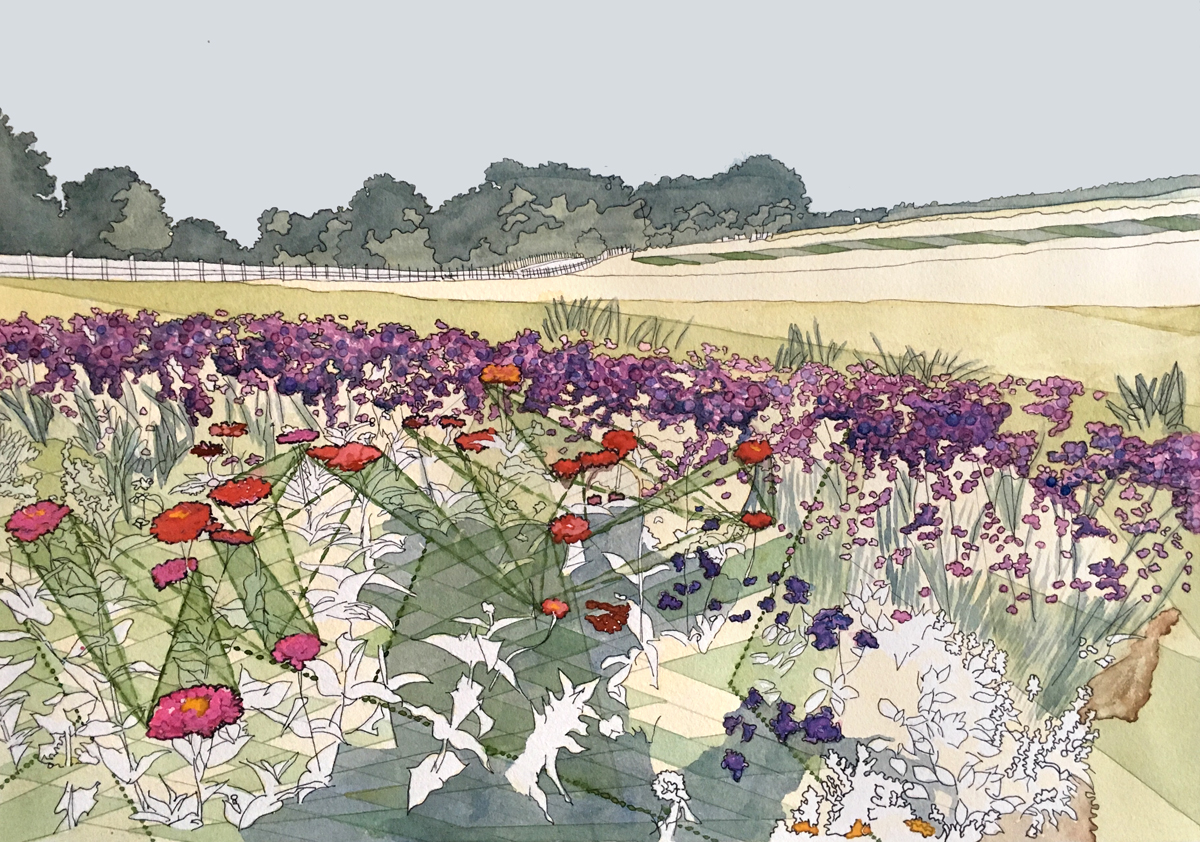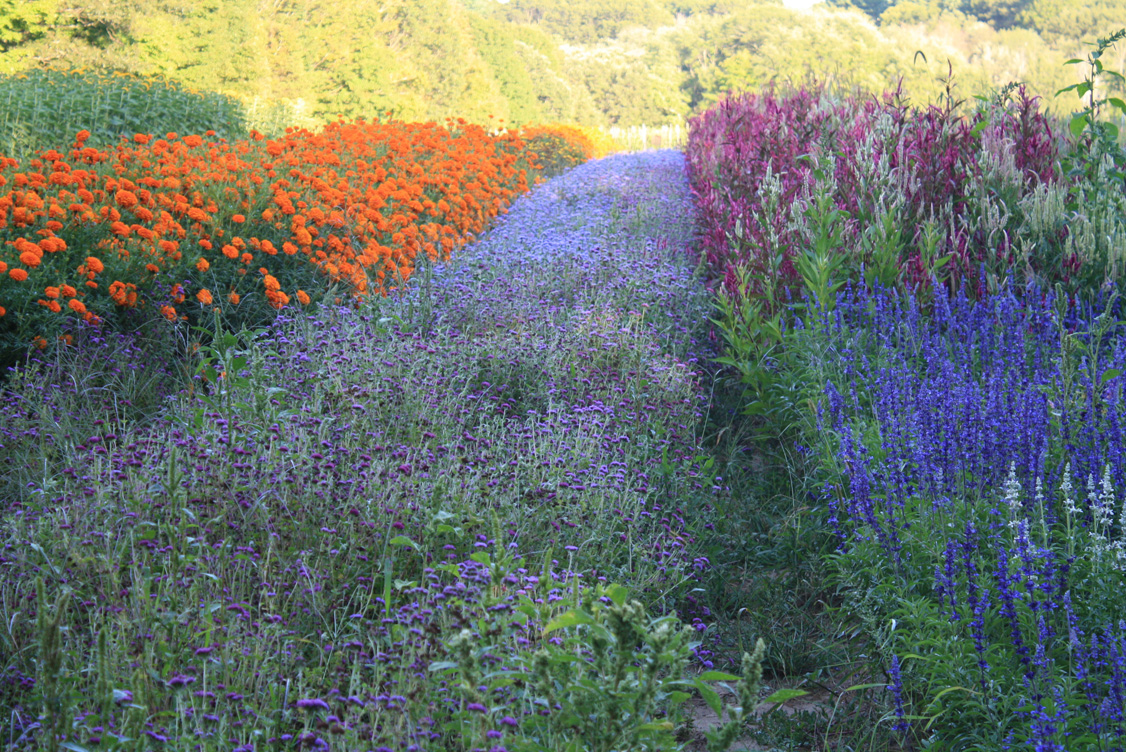I have been working though this painting for several
months now… technically the canvas began in 2007 and the image has changed many
times. Currently I am using this 36in x 48in stretched surface to explore the
phenomenon of the MassPike interstate, as it passes from Newton into Boston.
The incarnation of the interstate highway in the 50’s
– 60’s is fascinating - for the lofty vision initiated by Robert Moses, as well
as the devastating effects it carried for many communities who lost their
homes, businesses, and cultural groundings. Many cities have been stricken by
this shortsighted growth, which began as a grand vision for connection, fluidity,
and convenience, ending in destruction, congestion, and separation.
From a ground level, human perspective I was drawn to
the Interstate-90 (I-90) overpass in Boston at the Massachusettes Avenue bridge.
This is a complex transit intersection,; comprised of a Green Line T-Station,
where exiting passengers find themselves surfacing from below ground to street
level at a vibrant and noisy intersection.
Wizzing across the bridge are cars, buses, bicyclists,
skateboarders, and pedestrians. Some people are stationary – waiting for the
bus, a friend… or perhaps just for time to pass. Others are moving hurriedly
with a purpose, a destination, someplace to be and very little time to get
there.
Sitting on a bench across the street, a lone guitar
picks at a struggling melody, barely audible over passing engines and bands of
car horns filling the air.




































